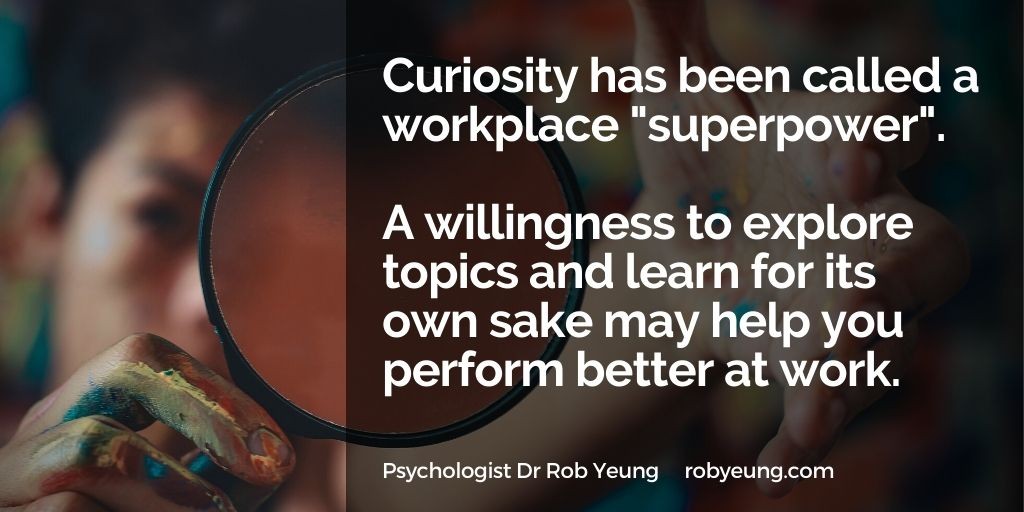Strategy often presents itself as a rigorous discipline, filled with frameworks, data models, and competitive analysis. But beneath the surface, most strategy is storytelling. It’s a narrative about where a business is going, why it matters, and how it plans to get there. The numbers may be real, the goals may be measurable, but the way they’re framed—the language, the logic, the emotional arc—is what makes strategy compelling or forgettable. Strategy that sticks isn’t just a plan; it’s a story people believe in, repeat, and act on.
At its core, storytelling is how humans make sense of complexity. We use narrative to connect dots, assign meaning, and create coherence. Business strategy does the same. It takes disparate elements—market trends, customer insights, internal capabilities—and weaves them into a narrative that explains what’s happening and what should happen next. When leaders present a strategy, they’re not just sharing data; they’re telling a story about the future. They’re painting a picture of possibility, inviting others to see what they see and to move toward it together. Without that narrative glue, even the most sophisticated strategy can feel hollow.
The best strategic stories have tension. They acknowledge challenges, risks, and trade-offs. They don’t pretend everything is perfect—they show how the business will navigate uncertainty. This honesty builds credibility. People don’t want fairy tales; they want a story that reflects reality and offers a path forward. A retail brand facing declining foot traffic might frame its strategy around reimagining the in-store experience, not just as a response to market shifts but as a way to reconnect with customers emotionally. That’s not just a tactic—it’s a narrative arc. It has a beginning, a middle, and a hoped-for resolution.
Storytelling also makes strategy memorable. People don’t remember bullet points—they remember stories. A strategy that’s framed around a clear metaphor or a compelling vision is more likely to be internalized and repeated. Consider how some companies use rallying cries or thematic language to anchor their strategy. Phrases like “winning the last mile” or “building the future of work” aren’t just slogans—they’re narrative devices. They distill complex ideas into digestible, repeatable forms. They give teams something to hold onto, something to rally around. That emotional resonance is what turns strategy from a document into a movement.
Importantly, storytelling in strategy isn’t about manipulation—it’s about meaning. It’s about helping people understand why the work matters. When employees see themselves in the story, they’re more likely to engage. They’re not just executing tasks; they’re contributing to a shared journey. This sense of purpose fuels motivation, alignment, and resilience. A tech company launching a new platform might frame its strategy around empowering creators, not just increasing market share. That shift in narrative changes how people feel about the work. It becomes a mission, not just a metric.
Strategy as storytelling also requires listening. The best stories are shaped by audience feedback. Leaders who craft strategy in isolation risk missing the nuances of what people care about. By engaging stakeholders early—customers, employees, partners—they gather insights that enrich the narrative. They learn what resonates, what confuses, and what inspires. This iterative process makes the strategy more robust and more human. It becomes a co-authored story, not a top-down directive. That sense of inclusion strengthens buy-in and accelerates execution.
Even the structure of strategic documents reflects storytelling principles. There’s usually a context-setting section, a diagnosis of the current state, a vision for the future, and a roadmap to get there. That’s classic narrative structure. It mirrors the way we tell stories in everyday life. The difference is that in business, the stakes are higher and the audience is more diverse. Strategy must speak to analysts and creatives, skeptics and believers. It must balance logic with emotion, detail with vision. Storytelling is the only tool that can do all of that at once.
Of course, not all storytelling is effective. A strategy that’s too vague, too grandiose, or too disconnected from reality will fall flat. The story must be grounded in truth. It must reflect the actual capabilities of the business and the real dynamics of the market. It must be specific enough to guide action and flexible enough to adapt. That balance is hard to strike, but when it’s done well, the strategy becomes a living narrative—one that evolves as the business learns and grows.
In times of change, storytelling becomes even more critical. When uncertainty is high, people look for meaning. They want to know what’s happening, why it matters, and what role they play. A well-crafted strategic story provides that clarity. It doesn’t eliminate uncertainty, but it offers a framework for navigating it. It gives people a sense of direction and a reason to keep moving. That’s why strategy isn’t just about analysis—it’s about narrative leadership.
Ultimately, most strategy is storytelling because business is human. Behind every spreadsheet is a person making a decision. Behind every KPI is a team trying to make progress. Strategy that ignores this human dimension is unlikely to succeed. But strategy that embraces storytelling—honest, intentional, and inclusive storytelling—has the power to inspire, align, and transform. It turns plans into purpose and goals into journeys. And that’s what makes it stick.




